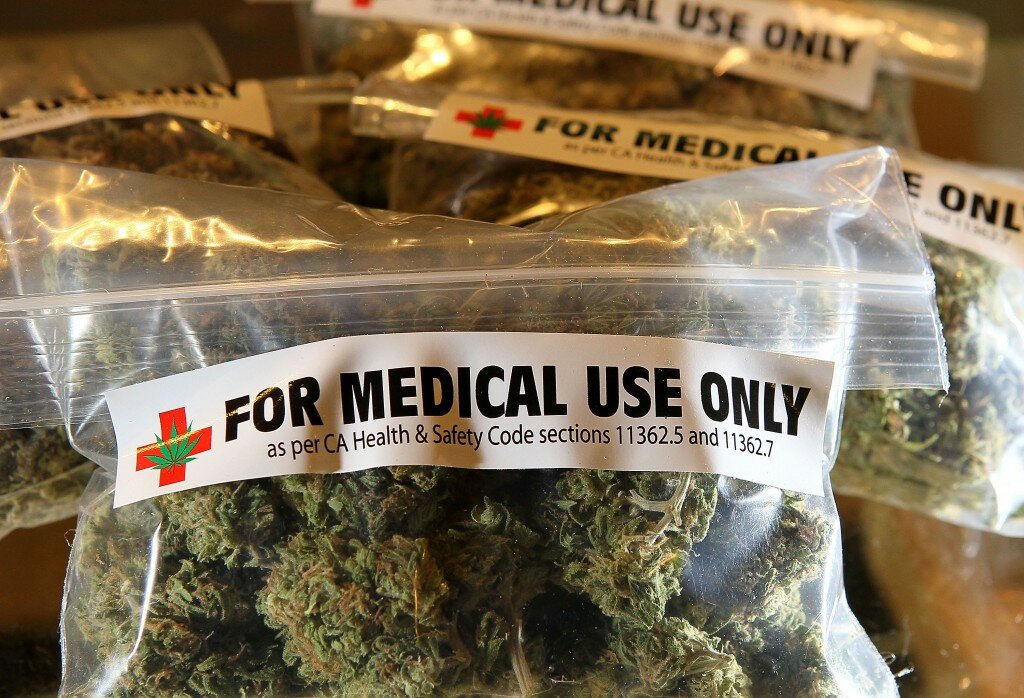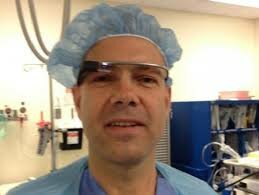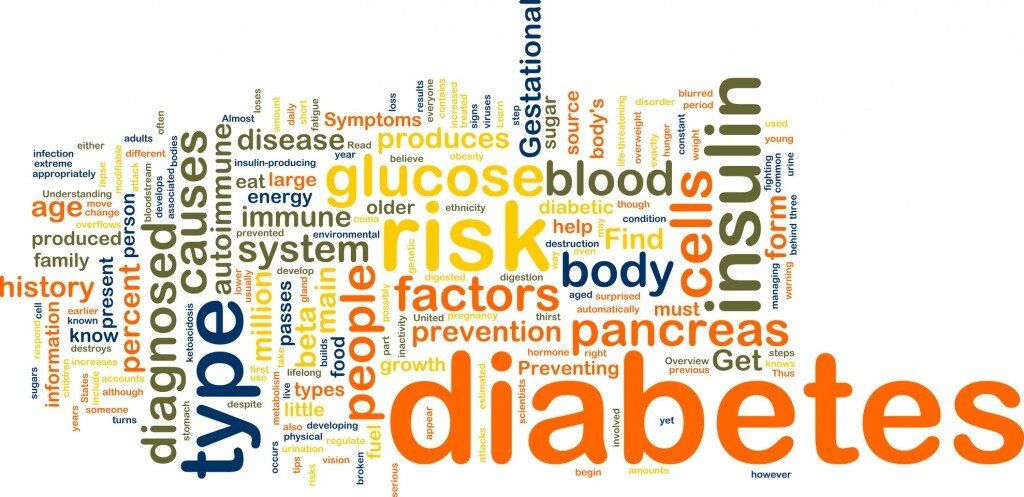No to NHS pay rises
UK- London. Ministers have sparked a new confrontation with NHS staff by trying to derail a pay rise they were promised next year and to scrap their pay progression system linked to length of service.
In a surprise move, the health secretary, Jeremy Hunt, urged the two independent pay review bodies that set earnings for the NHS’s 1.3 million workforce to cancel the 1% rise due in April 2014, even though the chancellor, George Osborne, has previously said it is affordable.
Hunt further alienated health unions by trying to end the long-established tradition in the NHS whereby many staff receive small increases each year, in addition to any pay rise, by moving up grades within their pay band, as long as their performance has been satisfactory.
The health secretary claims the NHS’s £100bn annual budget is under such pressure that it cannot afford to increase salaries at all in 2014 or to continue to give staff automatic increments. The planned 1% rise would cost £500m, while the incremental payments, which entail an average 3.5% rise, and 6.7% in some cases, would cost an estimated £700m more a year.
Osborne has previously criticised progression pay, which is also used in education, local government and the civil service, as “at best … antiquated [and] at worst … deeply unfair to other parts of the public sector who don’t get it and to the private sector who have to pay for it”.
Amid claims that Hunt’s Department of Health is blackmailing staff and using scare tactics to block pay rises, its submission to the pay review bodies warns that the safety and quality of patient care – the NHS’s most pressing priority since the Mid Staffordshire hospital scandal – will be put at risk if staff receive any more money.
The department claims a pay rise would mean hospitals having to lay off staff or hire fewer personnel than they would like, and would make it impossible to maintain the safe staffing levels that several recent patient safety reviews have identified as a priority.
The leader of Britain’s doctors claimed making the link between salary levels and safety standards was insulting.
Rachael Maskell, head of health at the union Unite, which represents about 100,000 NHS personnel, accused Hunt of “trying to emotionally blackmail the staff to sacrifice their pay”. This new threat to staff terms and conditions was the latest of his “strange bullying tactics”, such as making emergency funding for A&E units dependent on enough hospital staff having flu jabs, she added.
The department’s submission stresses that pay restraint is vital and that staff need to be more productive. “At the very simple level, employers can either pay fewer staff more or more staff less.”
NHS organisations in England such as hospital trusts are “facing the consequences of a stark choice for staff on national pay contracts”, it says. “This is to either pay staff more, accepting that this may do little to improve the quality of care for patients and is likely to restrict the number of staff employers can afford to employ, or to reform contracts to enable employers to use their pay bill, as part of their overall employment offer, to maintain safe staffing levels, with stronger links to performance, quality and productivity.”
The department wants the pay review bodies to defer the planned 1% pay rise from April, pending discussions with health unions on changes it believes are necessary to the contracts of staff, before the NHS’s impending move to seven-day working.
It insisted that Hunt’s unexpected intervention was not at odds with Osborne’s 1% pledge, because the chancellor did not want to see staff whose income was already increasing through progression pay also getting a salary increase. Osborne, though, has not made any link between the two in his public statements and the Treasury has said the planned 1% rise is to help tackle the rising cost of living.
Representatives of NHS staff, who have already had their pay frozen for two years under the coalition and been forced to accept a major downgrading of their pension benefits, are furious at the department’s demands.
Dr Mark Porter, chair of council at the British Medical Association, the doctors’ union, said: “Doctors fully recognise the economic constraints the NHS is facing, but for the government to imply that unless NHS staff endure what is effectively another year of pay cuts they will put patient safety at risk is insulting at best, given doctors are working harder than ever before and have borne the brunt of the government’s efficiency drive.”
Maskell at Unite said: “Jeremy Hunt is responsible for either undermining the Treasury position or trying to act in an even more draconian way than the Treasury with regards to staff who work across the NHS. He blames the staff on a regular basis; now he want to further cut their terms and conditions.”
Dr Peter Carter, chief executive of the Royal College of Nursing, said it was “demoralising for nursing staff to discover that while senior managers have enjoyed a pay increase of 13% since 2009, the government are asking frontline staff to take another pay freeze to save the NHS money.” Increments were only paid when staff could show their skills and experience had improved, he said.
Phil Gray, chief executive of the Chartered Society of Physiotherapists, said the department’s “very disappointing move shows contempt for the principle of working together in partnership to produce a fair deal for NHS staff”. NHS personnel had already faced a real-terms 12% cut in their pay in recent years, Gray added.
The review bodies will make their decisions early next year.
A Department of Health spokeswoman said: “Making better use of the pay bill will help protect jobs and improve care. Many NHS staff have continued to receive pay rises of up to 6% and we want to keep working with the trade unions and employers on affordable pay. The measures we are proposing will help increase quality for patients and help us realise our vision of an affordable seven-day service.”
The full coverage available with comments @ http://www.theguardian.com/society/2013/oct/04/jeremy-hunt-nhs-pay-rise-cancelled
Pin It


























